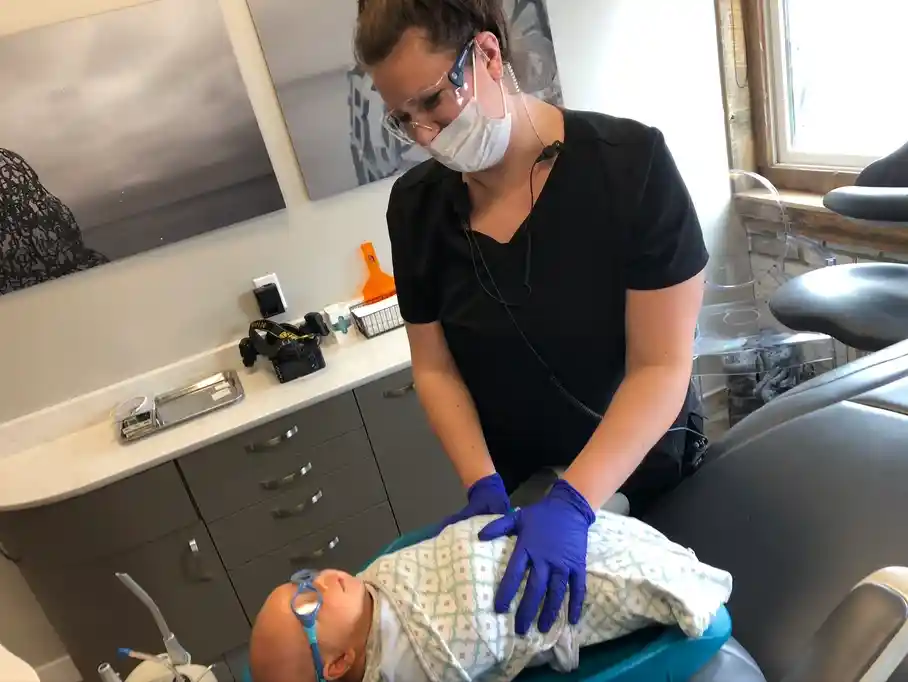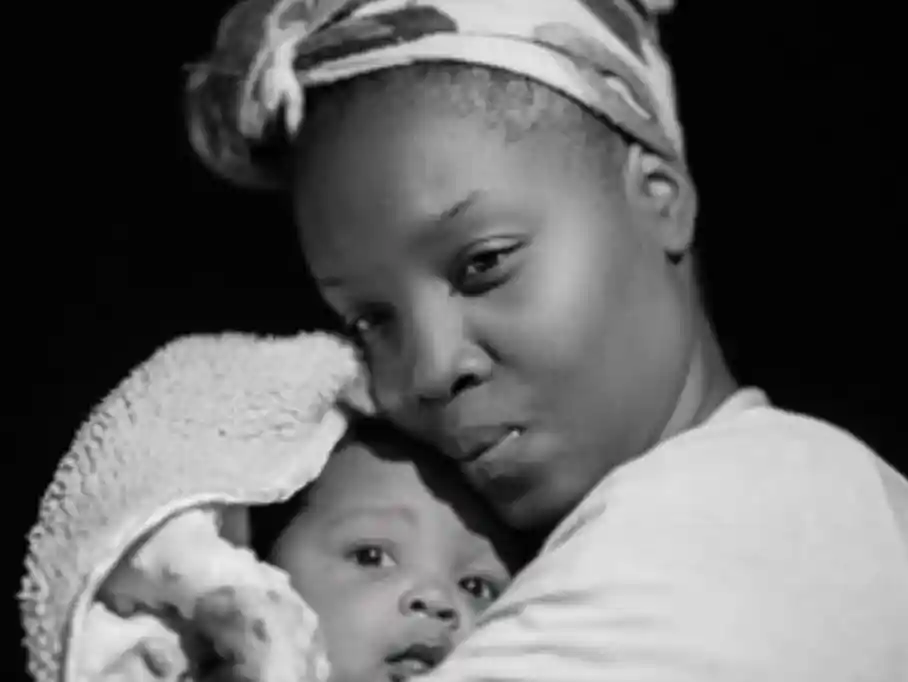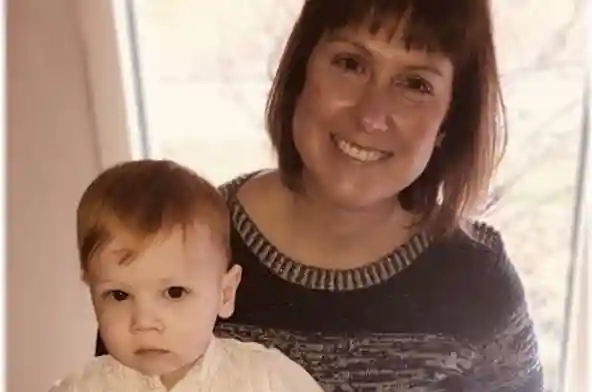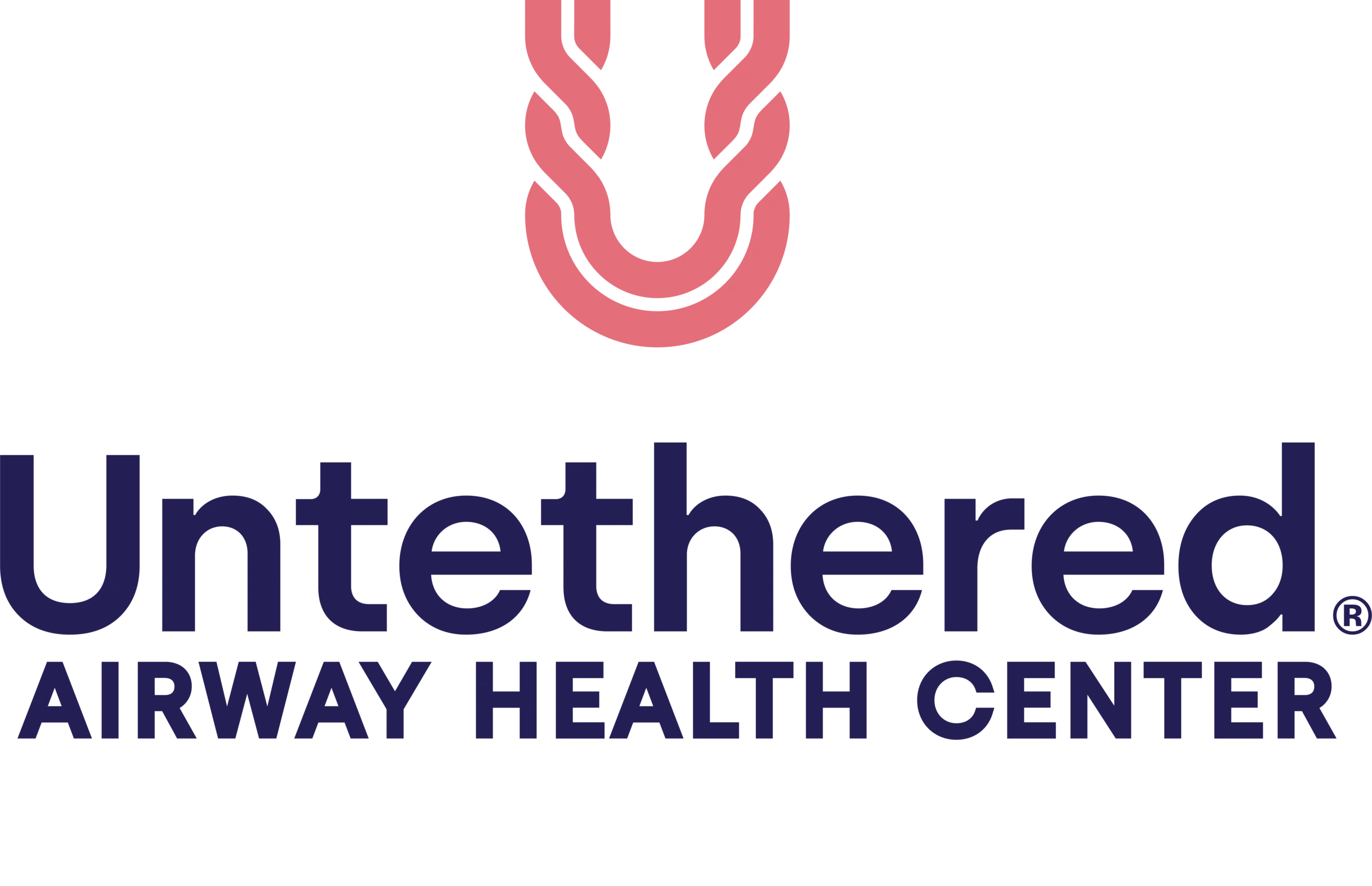Sleep-related breathing disorders have a tendency to fly under the radar – especially in kids. We see our children get frequent nosebleeds, nasal congestion, and even bags under their eyes, but we tend to chalk it up to allergies or a rough night of sleep. When those conditions are accompanied by snoring at night or nighttime mouth breathing, however, they point to an underlying sleep disorder – one that can disrupt your child’s routine and leave them anxious, depressed, and fatigued. Here is more information about sleep-related breathing disorders, and the common signs of sleep-disordered breathing in kids.
Sleep-Related Breathing Disorders In Children
Almost half of children between the ages of 4 and 8 experience symptoms of a sleep-related breathing disorder. Unfortunately some cases go undiagnosed, but doctors, dentists, and airway specialists are zeroing in on diagnosing and preventing sleep-related breathing disorders in kids.
How Does a Breathing Disorder Start?
In children, sleep-disordered breathing often starts in one of two places:
A squeezed airway in the child’s throat
The tongue is a muscle and has an important purpose. The tongue is there to grind down raw foods. If the tongue is weak, it leads to a small upper jaw and stunted chin. When the tongue and lower jaw start to believe there isn’t anything more for them to do, the child will develop a stunted chin and start to naturally breathe through their mouth rather than nose. If the upper jaw is small and the lower jaw is pushed back, it squeezes the child’s airway. It also becomes more squeezed when lying down.
Squeezed airways in the child’s nose
The position of the roof of the mouth is important. Squeezed airways in the child’s nose are caused by functional problems from poor tongue placement, pacifiers, bottles, and thumbs. When a child sucks on an object, the cheeks and lips are pulled in, forcing the upper gums and teeth inward and the roof of the mouth further upward. Because the roof of the child’s mouth sits right underneath the airways of the nose, if it gets pushed up, it pushes into the nasal airways. Those airways get squeezed and it becomes difficult to breathe through the nose. If we can’t breathe through our nose, our health and sleep are impacted. We have to open our mouths to breathe. People with high palates ALSO commonly have stunted chins, which means often they can’t breathe through their nose OR mouth! And then as a result, can’t sleep or thrive.
When there’s an obstruction in a child’s airway, whether that be in the nose or throat, it can interfere with overall health in many ways and should be identified as soon as possible.
How Are Signs of Sleep-Disordered Breathing In Kids Identified?
As trained airway specialists, when analyzing children for airway disorders, we look for things such as:
- High/narrow palatal vault
- Mouth breathing
- Clenching and grinding or tooth wear
- Enlarged tonsils and adenoids
- Allergic rhinitis or prevalence of allergy symptoms
- Tongue tie and/or lip tie
- Maxillary and mandibular deficiency
Although these signs are common among those with sleep-disordered breathing, they’re also usually accompanied by other symptoms related to eating, sleeping, and more. We’ll ask the parents about the child’s temperament, sleep habits, and general health.
Symptoms in a Child With a Sleep-Related Breathing Disorder
- Snoring or gasping: The louder the snoring, the more serious it is.
- Are your child’s lips parted during the day, or during the night? This is usually a sign of mouth breathing.
- Bed-wetting (past potty training age). Most children should be able to hold their potty throughout the night by age 5. If they’re still needing to wake frequently throughout the night to go, it could be a sign that a sleep disorder is waking them up.
- Frequent night waking or restless sleep
- Bags under the eyes
- Attention or behavioral struggles. A lack of oxygen to the brain from a sleep disorder can have major effects on overall mood and temperament.
- Teeth grinding
- Struggling eating or breastfeeding (this may be a sign of a tongue-tie!)
- Picky eating. Your child may be unable to eat certain foods, which could lead them to frustration when faced with them. In infants, frustration at the breast is a symptom of a tongue-tie.
- Trouble forming certain words of sounds. This is also a symptom of a tongue-tie, as there could be a restriction in the lip or tongue that is causing a lisp or tongue thrust.
Schedule An Airway Assessment for Your Child
If your child has any of the above symptoms, and if you suspect they may have a breathing disorder, schedule a virtual consultation with Dr. Turner and we’ll help your child find rest and relief as soon as possible. It’s best to find out the WHY so that we can get your child back to full health.
Need more information? Download our Parent’s Guide to a Healthy Child here.
Want to learn more about sleep and airway health? Check out our Ultimate Guide to Sleep-Related Breathing Disorders.






